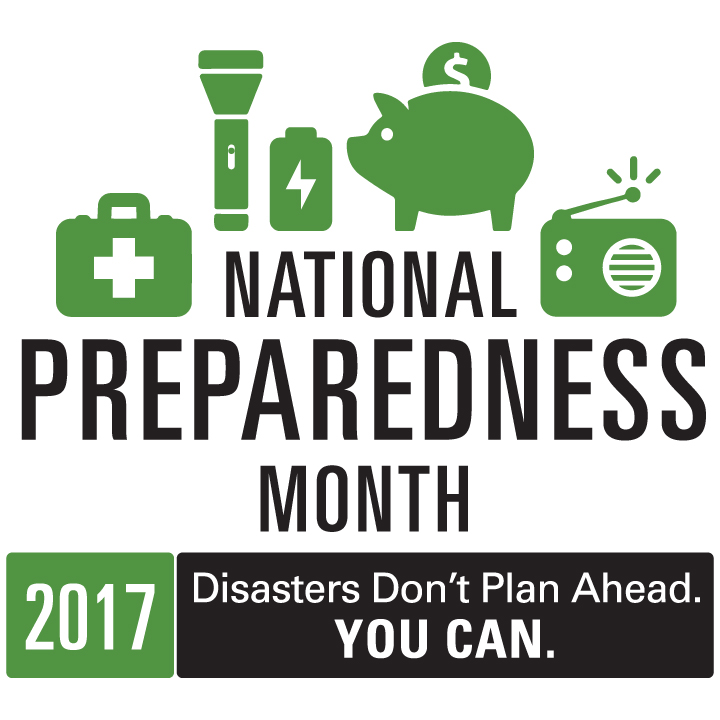 In a new milestone for the Automated Secure Alarm Protocol (ASAP®) service, Johnson Controls Building Solutions, North America went live with the city of Richmond, VA on September 18.
In a new milestone for the Automated Secure Alarm Protocol (ASAP®) service, Johnson Controls Building Solutions, North America went live with the city of Richmond, VA on September 18.
ASAP, launched in 2011 as a public-private partnership, is designed to increase the efficiency and reliability of emergency electronic signals from alarm companies to PSAPs. ASAP utilizes ANSI standard protocols developed cooperatively by the Association of Public-Safety Communications Officials (APCO) and The Monitoring Association (TMA). With ASAP, critical life safety signals and accurate information are processed digitally in seconds through the Nlets system of state-to-state PSAP communication, insuring that complete and accurate information is transmitted to a PSAP every time.
“We are looking forward to being part of this industry transformation,” said Tony Mucci, Director of Product Management and Engineering for Johnson Controls Building Solutions, North America, “that will enhance the value of our business and our important relationships with emergency responders through the exchange of accurate data, reduction in dispatch time, and achieving awareness of an entire event from start to finish in a way that we have never had before.”
ASAP benefits PSAPs by reducing 10-digit phone call volume from alarm companies; reducing 9-1-1 processing time from minutes to seconds; and eliminating errors and miscommunications from voice calls. These benefits translate to improved public safety outcomes.
“Johnson Controls’ go-live with ASAP and the city of Richmond represents another milestone in the project,” said Bill Hobgood, ASAP Subject-Matter-Expert. “The company is to be applauded for its commitment and diligence in becoming the newest alarm monitoring company to the ASAP service.”
Since its creation, ASAP has grown steadily nationwide. The alarm industry is committed to the service, with small, medium and large companies onboard. The major CAD providers now deliver an ASAP interface. PSAPs ranging from small municipalities to large cities are connected. And the ASAP technical implementation team has developed standardized technology for seamless deployment.
###
About The Monitoring Association
The Monitoring Association (TMA), formerly the Central Station Alarm Association (CSAA), is an internationally-recognized non-profit trade association that represents professional monitoring companies, including those listed by a TMA-approved Nationally Recognized Testing Laboratory, such as FM Global, Intertek/ETL or UL. Incorporated in 1950, TMA is legally entitled to represent its members before Congress and regulatory agencies on the local, state and federal levels, and other authorities having jurisdiction (AHJs) over the industry. TMA’s mission is to advance the professional monitoring industry through education, advocacy, and public safety relationships. www.tma.us. For more information, contact Elizabeth Lasko at TMA, 703-242-4670 x 16.
 ASAP continues its 2017 surge. Union County, NC went live on Thursday, September 21 at 10:30 a.m. with Vector Security, Rapid Response, Affiliated, and Vivint. The county will be going live with additional monitoring centers this week.
ASAP continues its 2017 surge. Union County, NC went live on Thursday, September 21 at 10:30 a.m. with Vector Security, Rapid Response, Affiliated, and Vivint. The county will be going live with additional monitoring centers this week.



 September is National Preparedness Month (NPM)! Disasters don’t plan ahead, but you can. We should all take action to prepare! We are all able to help first responders in our community by training how to respond during an emergency and what to do when disaster strikes — where we live, work, and visit. The goal of NPM is to increase the overall number of individuals, families, and communities that engage in preparedness actions at home, work, business, school, and place of worship.
September is National Preparedness Month (NPM)! Disasters don’t plan ahead, but you can. We should all take action to prepare! We are all able to help first responders in our community by training how to respond during an emergency and what to do when disaster strikes — where we live, work, and visit. The goal of NPM is to increase the overall number of individuals, families, and communities that engage in preparedness actions at home, work, business, school, and place of worship.





